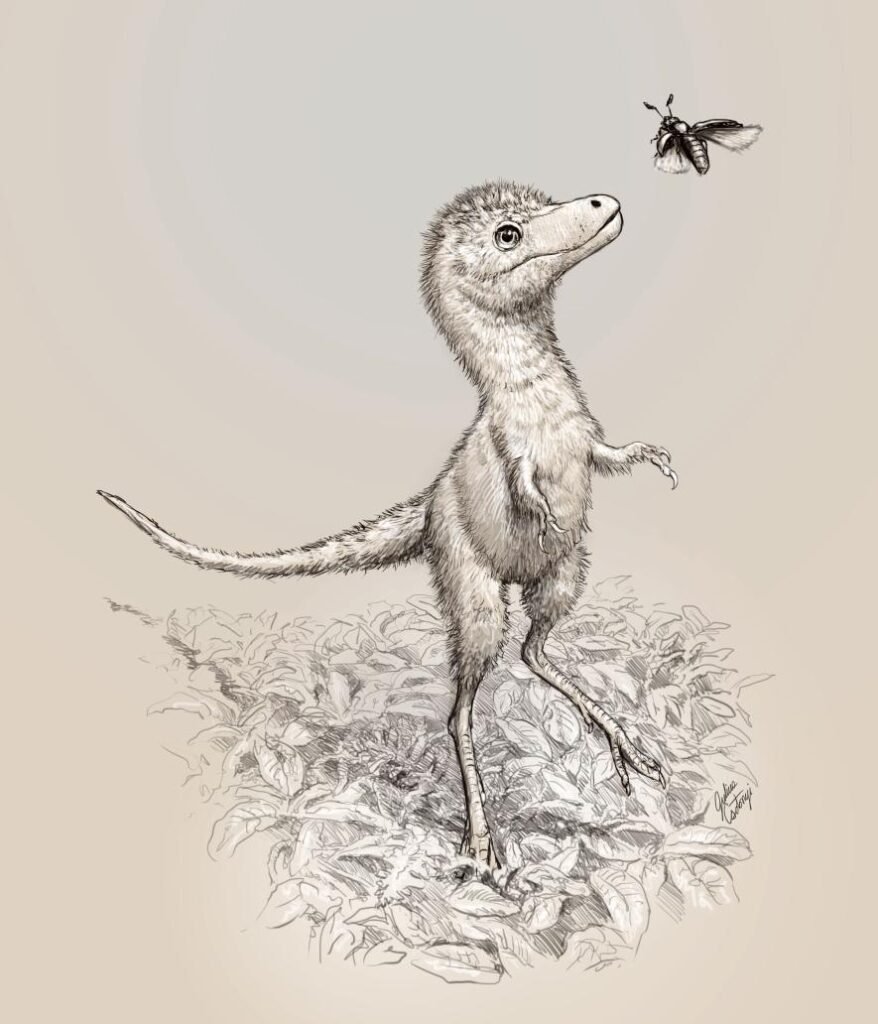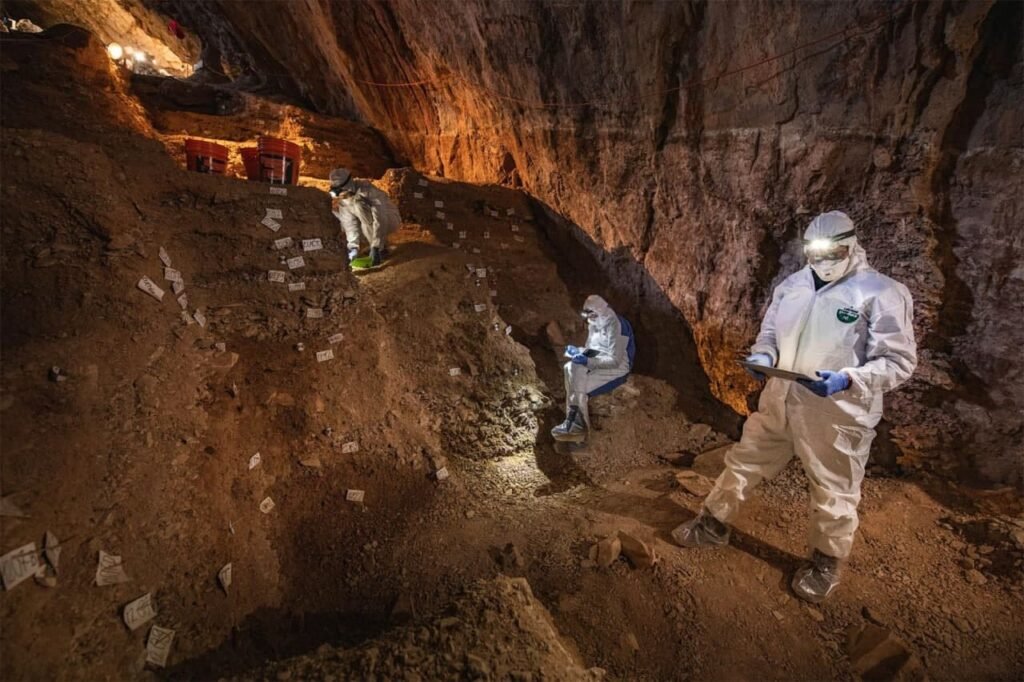This year has created a news frenzy that is unprecedented. Lives were uprooted as the deadly corona-virus pandemic raged worldwide. Readers awaited every bit of progress towards a vaccine eagerly. Global demonstrations against police brutality and institutional racism were triggered by the killing of George Floyd. Wildfires rampaged through western North America, including five of California’s six biggest fires since 1932, and hurricanes ripped across coastal towns, with so many forming that storm names were absent from scientists. A traditionally contentious election has dominated the headlines in the final few months of 2020.
Yet an array of scientific studies that slipped under the radar were among these pivotal events. We look back at ten big changes as 2020 draws to a close that you may have missed.
The oldest material discovered on Earth is older than our solar system.
A dying star flung dust out into space billions of years before our sun winked into life. Now some of the stardust, embedded in a meteorite that collided with Earth, was dated as the oldest material yet to be found on our planet. The dust coalesced with other rocks within what would become the Murchison meteorite, which lit up the skies over Australia in September 1969 when it came to the surface of our earth.

A recent study of these ancient rocks discovered stardust grains that are about 4.6 billion years old and around 7 billion years old. Scientists believe that only about five percent of meteorites are lurking in these early dust bits, but that has not stopped them from continuing to look for these clues to the origins of our galaxy.
The first tyrannosaur embryos found

Researchers have found the fossils of tyrannosaurus so young that they have not yet broken free from their shells. The discovery is based on discoveries at two separate sites—a foot claw discovered in 2018 from the Horseshoe Canyon Formation in Alberta, Canada, and a lower jaw recovered in 1983 from the Two Medicine Formation in Montana. Examination of the remains, 71 to 75 million years old, showed that tyrannosaurs began to be remarkably thin, about three feet long—about the size of a Chihuahua, but with an extra-long tail. This length is just about one-tenth of their full-grown counterparts, which may help explain why researchers haven’t yet found other signs of these tiny tyrants—most scientists probably haven’t been searching for such a pint-sized predator.
Mars is humming, and scientists are not sure why
In November 2018, a spacecraft landed on Mars’ frigid, dusty surface to take the pulse of the earth. Known as the InSight lander, the robotic geologist has recently returned to Earth with some of his early observations, inspiring and perplexing scientists around the world. Among these curiosities is the Martian hum—a silent, steady drone that seems to pulse the rhythm of the “marsquakes” that rattling the earth.

The origin of the hum remains uncertain. Planet has many other background sounds, from the rugging of winds to the crashing of waves to the sea. But the music of Mars is reverberating at a higher pitch than other normal hums on Earth. Perhaps the geology underneath the lander amplifies a specific sound, or the lander itself can even create a noise. “It’s extremely puzzling,” Bruce Banerdt, Chief Investigator of the InSight Mission, told National Geographic in February.
The mystery of the unusual actions of the star Betelgeuse finally solved
Betelgeuse is normally among the brightest stars, but mysteriously dimmed in December 2019. Scientists were struck by this sudden change: Maybe the end of his life was Betelgeuse and would burst more luminously in a supernova than in full moon. Yet in August of this year, NASA declared that its unexpectedly shadowed face was even less remarkable.

Observations by the space telescope Hubble showed that a superhot shot of plasma was possibly sent out by the star and cooled out as it whipped out. This process created an earthenware cloud which would have obscured the light of Betelgeuse from nervous viewers. This past spring the star returned to its usual luminosity, so sky-watchers must wait for their fiery demise.
Stunning descriptions of the last meal of the armored dinosaur
The beautifully preserved front half of a 110 million-year-old armored dinosaur—bony plates, scales, and all—surprised and amazed scientists after being inadvertently discovered in 2011 by a heavy equipment operator working in the Alberta oil sands mine. But the spiky creature served even more curiosity this year when an analysis confirmed that the last meal of the species had also been stored in its belly.

The dinosaur was a nodosaur, a type of ankylosaur, but it lacks the clubbed tail of some of its relatives. The ball of fossilized vegetation from the nodosaur’s stomach showed that a few hours before its demise, it was largely mushroomed with a particular species of fern picked from a range of available plant life. The rings of woody twigs eaten along with the ferns showed that the nodosaur probably died during the summer. Though just a single meal, the discovery offers an extraordinary glimpse at the final hours of a creature’s life more than a hundred million years ago.
Finally, the second largest Ebola epidemic has ended
At the end of the second largest Ebola epidemic, infected more than 3,480 persons and killed approximately 2,300 persons, the World Health Organization said on June 25th. The Kivu outbreak started in the eastern Democratic Republic of the Congo in August 2018 with a cluster of cases close to Kivu. Ebola is a hemorrhagic fever that has several symptoms—including bleeding, fever, stomach pain, fatigue, which rash—and spreads by direct contact with an infected person or animal’s blood or body fluid. Containing the disease in Kivu was especially difficult due to local instability, which led to scepticism about any government or international organization’s attempts to curb the spread of the disease. However, armed with a new vaccine, health workers, led by WHO Michael Yao, have launched a drive to vaccinate everyone who might have been exposed. By also enhancing community participation, this campaign has contributed to the vaccination of more than 300,000 individuals.

“We should be celebrating this moment, but we must resist complacency,” said WHO Director-General Tedros Adhanom Ghebreyesus in a press release on the end of the outbreak. “Viruses do not take breaks.” Another outbreak (now contained) occurred in early June near the Équateur Province of the DRC.
Found: Oldest skull of the Homo erectus

Extracted from the rocks northwest of Johannesburg, South Africa, the skull fragments originally seemed to have originated from an ancient baboon. But as Jesse Martin and Angeline Leece, both students of La Trobe University in Australia, assembled the bits, they realised that they were carrying the first Homo erectus brainstorm yet to be found in Southern Africa. What’s more, dated about two million years ago, the skull is the first remains of this ancient human ancestor. “I don’t think our supervisors believed us until they came to look,” Martin told National Geographic last spring. The discovery allows researchers to begin to decode our intertwined family tree, to figure out when and where our hosts of ancient relatives were born.
Initial clues of dinosaur DNA

In Jurassic Park, the isolation of dinosaur DNA is as easy as collecting the blood of an ancient mosquito encased in amber. Although this piece of science fiction is still far from being brought to life, researchers have gone a long way towards fossilised DNA research. While analysing well-preserved fossils more than 70 million years old, the team identified the outlines of the cells, the shapes that may be chromosomes, and several possible nucleus—the structures that house DNA. However they have not collected DNA from fossil cells, so they can’t confirm whether the substance is unaltered DNA or some other genetic by-product. But it’s a thrilling look at the finer details that fossilisation will retain. “The possibilities are absolutely thrilling,” David Evans, a palaeontology at the Royal Ontario Museum who was not involved in the research, told National Geographic in March.
Surprise cave discoveries might push back the arrival of people in the Americas

Stone artefacts found from deep within the Chiquihuite Cave in Mexico indicate that humans could have arrived in the Americas as early as 30,000 years ago—approximately twice the age of the most recent arrival estimates. This date is hotly debated among archaeologists, many of whom initially established their first human presence in the Americas about 13,500 years ago, as ice sheets receded and migration routes from Asia opened. Yet new research has set back the date of human arrival by thousands of years. And the latest study of stone objects, including knives, projectile dots, and rock flakes, interspersed with bits of carbon dated to some 30,000 years ago, indicates that humans were likely to arrive in the Americas before glaciers started to melt.
The reef is taller than the Empire State Building
The team of Australian scientists on board the Falkor research vessel of the Schmidt Ocean Institute explored the Northern Great Barrier Reef Seafloor as they stumbled across a towering coral skyscraper more than 1,640 feet tall—the first of its kind to be found in more than 120 years. Known as a detached reef, the new-found coral tower is now one of eight known in the area. These natural structures provide essential habitats for animals such as turtles and sharks swimming in and out of the deep waters adjacent to the Great Barrier Reef. The team mapped the disconnected reef to find a number of life forms that survive in the environment. Samples of rock, sediment, and some species were collected and sent to the laboratories for study

Although more information about this reef is likely to emerge, taxonomists researching imagery and video have already described many new species of fish. Wendy Schmidt, co-founder of the Schmidt Ocean Institute, said in a press release that exploration is part of a marine science revolution: “Thanks to new technologies that work like our eyes, ears, and hands in the deep ocean, we have the capacity to explore like never before.”
